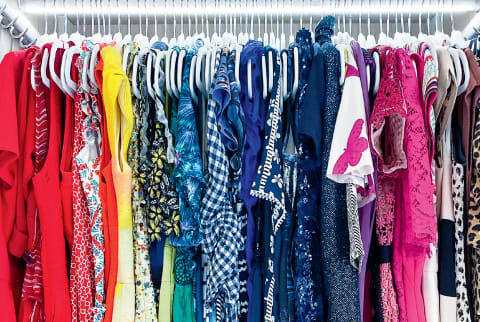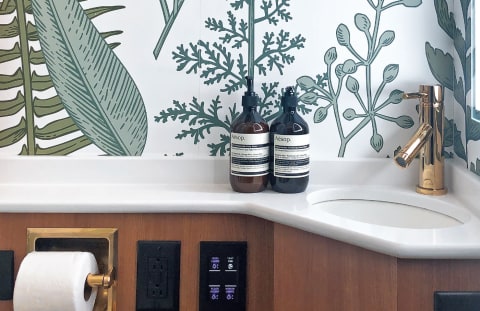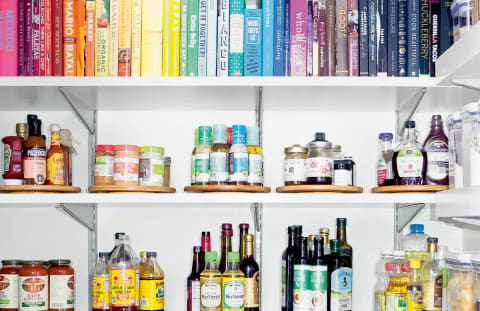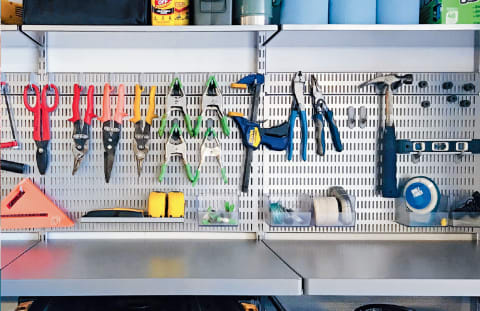For tips that are equal parts functional, aesthetic, and therapeutic, read and get inspired by the excerpt below before buying your own copy here. In the same way that we don’t want you to feel guilty about using dry shampoo for the fifth day in a row, we also don’t want you to feel guilty when it comes to editing your items. After all, you should fill your home with only the things you like, need, or find sentimental. Here are a few examples. 2. Same goes for those cans of condensed milk 3. Souvenir cups from theme parks (that’s what photos are for—your old soda cup is not a memory) 4. Anything that’s missing a part (you are probably not going to a repair store to fix your blender—just get a new one you will use) 5. Every vase that has ever arrived with a floral delivery When assessing whether to keep a particular item, put yourself to the test and consider which bucket it might fall into. If you can safely say that YES, you like it (maybe you haven’t worn it recently, but this is your reminder to put that sweater into the rotation), or YES, you still need to hold on to it (hey, we all need toilet plungers), or YES, it’s special to you (your child put some extra thought into that rock they painted for Mother’s Day)—then by our measure, it can stay. Which brings us to our next point about the No-Guilt Life… IT’S OK TO OWN THINGS. ONCE MORE FOR THE PEOPLE IN THE BACK! IT’S. OK. TO. OWN. THINGS. We are so proud of everyone’s efforts to declutter their homes. It’s a critical piece of the organizing process. Once you edit your items, what’s left are the items that matter to you (that plunger might even matter one day!). And so you should feel absolutely no guilt about owning the items that comprise your life. Why fight the fact that your newborn needs a closet full of diapers, or your teenager needs a closet full of sports equipment? Resisting your reality instead of embracing it is unproductive and ultimately not useful. You’re better off spending your time and energy looking for an organizing solution that accommodates all the components of your life rather than trying to live like someone else. 2. Contain everything so you know when you’ve exceeded your designated space. 3. With every new purchase, ask yourself, “Where is this going to live?” If you don’t have an answer, it doesn’t go home with you. 4. Set aside time once or twice a year to revisit and edit your spaces. 5. Wear a shock collar that physically stops you from leaving the house and buying more items. As you begin to approach the 80% threshold, you’ll notice things don’t fit like they used to: You start cramming things into drawers, fighting with your pantry, and secretly wondering if you can store your winter coats in your daughter’s closet. None of these things feels good, and it quickly becomes a puzzle too frustrating to solve. And that’s what we’re here for! We can help you solve your space while still embracing all the things you need, want, or use in your life. Whether you have it because you have kids, or you use it for work, or it simply makes you happy to look at—you get our official green light and approval to own said item. As long as you can store it appropriately without encroaching on the rest of your home, we see no reason to live with less if that doesn’t work for you.





